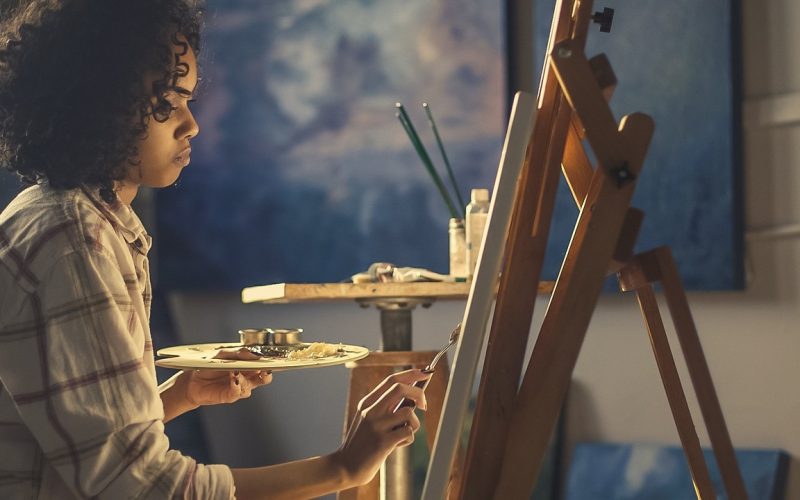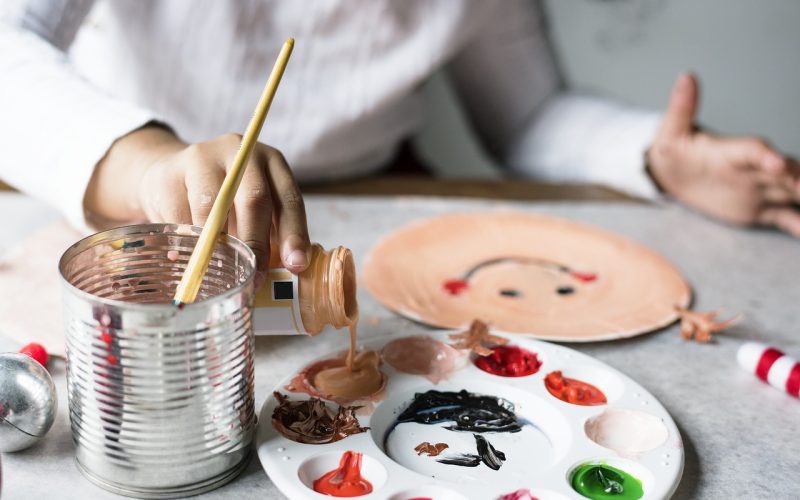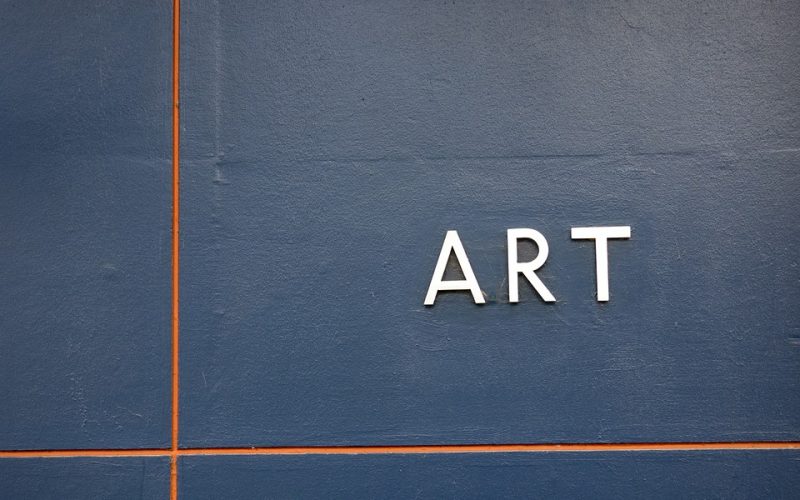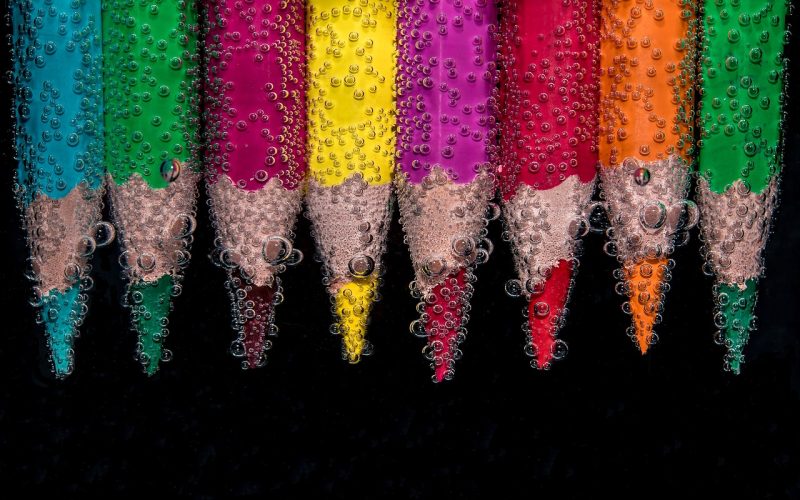Art therapy, also known as art psychotherapy, is a form of psychotherapy that uses art as a medium to help individuals express themselves and explore their emotions. Unlike traditional talking therapies, art therapy provides a creative outlet for individuals to communicate thoughts and feelings that they might find difficult to articulate verbally. This therapeutic approach can be particularly beneficial for those experiencing emotional distress, trauma, or mental health issues.
The role of an art therapist
An art therapist is a trained professional who facilitates the therapeutic process through art-making. They use a range of artistic techniques, such as drawing, painting, and sculpture, to encourage clients to process emotions and gain self-awareness. Art therapists are skilled in interpreting the symbols and themes that emerge in their clients’ art, offering insights that can aid in personal growth and healing. They create a safe and supportive environment where individuals feel comfortable exploring their inner world.
Training and qualifications required
To become an art therapist, individuals must typically complete a postgraduate qualification in art therapy or art psychotherapy. This involves rigorous training in therapeutic skills, psychological theory, and artistic techniques. Accredited programmes also require students to undergo personal therapy and participate in supervised clinical placements to gain practical experience. Art therapists must possess strong interpersonal skills, empathy, and a deep understanding of both art and psychology.
Applications and benefits
Art therapy is used in various settings, including hospitals, schools, community centres, and private practices. It can help individuals of all ages, from children to the elderly, and is often employed to support those with a wide range of issues, such as anxiety, depression, PTSD, and developmental disorders. One of the primary benefits of art therapy is its ability to transcend language barriers, making it accessible to individuals who may struggle with verbal communication.
Art therapy in practice
In a typical art therapy session, clients are encouraged to engage in the creative process with minimal direction, allowing them to express themselves freely. The art therapist will observe and facilitate this process, offering guidance and support as needed. Sessions may involve discussing the artwork and reflecting on any feelings or insights that arise. Over time, clients can develop a greater understanding of themselves and their experiences, leading to improved emotional wellbeing.
The evolving field of art therapy
Art therapy continues to gain recognition as an effective therapeutic approach. Research supports its efficacy in promoting mental health and enhancing quality of life. As awareness of art therapy grows, so too does the demand for qualified art therapists. The field is constantly evolving, with practitioners exploring new techniques and applications to better serve their clients. Art therapy’s unique blend of creativity and psychology offers a powerful tool for healing and self-discovery.



















